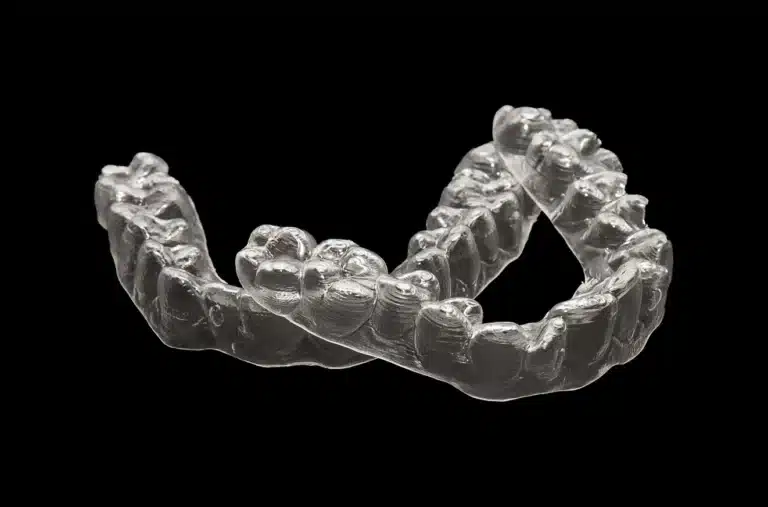Invisalign: The First Week

Its exciting to get started but....
Ok, so you have finally got your new Invisalign aligners and you are ready to begin moving towards your new smile. Congratulations!
While it can be exciting to get started, there is no doubt that there is definitely a learning curve when it comes to wearing your aligners for the first time. There will be times, particularly when you first start out, where things can be uncomfortable. In this post I’ll go through the types of challenges you might experience and how best to manage them.
First things first......
I warn all of my patients that chances are they will struggle for the first 48hours or so – and it will often take a good week to get used to wearing aligners.
The biggest challenge? Getting used to wearing something in your mouth all the time. Initially you will be very conscious of your aligners – you will probably play with them constantly with your tongue. Persevere! at some point in the second week your brain will give up trying to remind you of the fact that you have something in your mouth and they will fade into the back ground.
In a very short time you will get to the point where you aren’t even aware that the aligners are in (and eventually it will feel strange when you don’t have them in!).
What if your aligners hurt?
Whenever you start wearing a new set of aligners it is not uncommon for the teeth to be sore or achy – especially when starting out for he first time. For most people, this will reduce within a few hours and be gone completely within 48hours.
If the initial discomfort that you are experiencing is disturbing your sleep or concentration at work you can of course consider taking some pain relief. If you do want to take some painkillers try to stick with paracetamol. When we are moving teeth we are trying to create mild pressure which activates the inflammatory process that is needed for the teeth to move. Anti-inflammatories like ibuprofen (eg. Nurofen) stop this process, so although it will relieve your discomfort it will also reduce the ability of the aligners to move your teeth!
If there is an area of localised discomfort, check that the aligners are fully seated – using one of your chewies can help ensure that the aligners are seated properly and some of my patients report that using the chewies can provide short term relief if the teeth are aching. If the aligners are not inserting or seating properly, especially it is in the area of an attachment, you need to let your dentist know asap. Using your Dental Monitoring app to upload a new scan means that your dentist can check the fit remotely for you and provide advice.
Once underway, I recommend that you put in any new sets of aligners immediately before going to bed so you can sleep through any initial discomfort. In addition, the 6-8hours of continuous wear helps you get a bit of momentum going with the movements planned during this new set of aligners.
Sore spots and ulcers
When starting out it is not uncommon to get the odd sore spot or ulcer where the skin of your mouth is rubbing either against the edge of the aligner or one of your attachments.
Generally this will resolve within the first week, however there are some things you can do to help:
Sharp aligner edge? If you notice that one particular edge of an aligner is rubbing or causing discomfort you can try gently polishing the edge with a nail file. Often this will alleviate the rubbing.
Sharp attachment? Generally this will improve but if you are struggling or if a particular attachment has caused an ulcer, contact your dentist as sometimes a light polish of the attachment can help immensely!
If you have any sore spots using a numbing gel such as bonjella can help alleviate discomfort while you are waiting for things to settle down. Every now and then I will come across a patient who really struggles with ulcers in the first week or two of treatment. In these situations I will occasionally prescribe Kenalog or Oracort which can also help (both of these medications are available without prescription from the pharmacy but need to be dispensed by the pharmacist so wont be on the shelves.)
Talking
About 1 in 5 patients develop a lisp when starting out with their aligners.
So your job in the first few days after starting treatment is to talk. Talk to yourself in the car. Sing in the shower. Read aloud from a book or magazine. Talk, talk, talk.
The more you talk, the quicker you will get used to your aligners. Most lisps resolve within a day or so but for an unlucky few it can take a few days. Regardless, the key is to practice!
